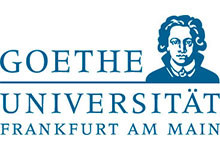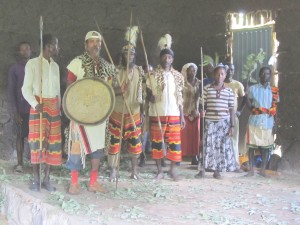The project is concerned with the very complex verbal systems of the (about ten to fifteen) Ometo languages, which are spoken in southwest Ethiopia. Its main aim is to compile an electronic corpus of the verbal morphemes and verb forms of these languages, including both the inflection and the derivation of verbs. The data will, on the one hand, be taken from available descriptions of Ometo languages; on the other hand, new data on little-known languages will be gathered during field work in Ethiopia. All verbal morphemes encountered in Ometo, together with their contexts and functions or meanings, will be entered into a uniform computer data base. This data base will reveal which morphemes are present in Ometo as a whole, and which morphemes are shared by which languages. Comparative analyses on account of the verbal morphologies will lead to a division of the Ometo languages into genetic subgroups. Especially with regard to Ethiopia, where language contact phenomena are abundant, such a language classification due to morphological criteria is very informative; however, lexical comparative studies prevail in existing literature. The project aims at a thorough and well-founded investigation into the genetic relationships between the Ometo languages, so that all Omotic languages, of which Ometo is part, can in the long run be included in comparative research. The Ometo group is considered as quite coherent linguistically, but the structures of other Omotic languages partly differ; here, the verbal morphologies can also give clear hints as to genetic relationships. Moreover, the affiliation of Omotic as a whole is very controversial, especially concerning the Cushitic languages, but also in view of the Afroasiatic language phylum. Through the detailed study of the Ometo languages and their verbal systems, the project makes an important contribution to the discussion of all these issues. Besides, the verbal morphemes of the ancestral Ometo language will be reconstructed and grammatical functions or meanings will be assigned to them. The computer data base developed in the course of the project will allow the data to be easily extended or modified during future research. The recordings made in the field can also be used for diverse kinds of studies, particularly with regard to little-known languages. Thus, special emphasis will be placed on the long-term preservation of the data and recordings. All in all, it is expected that the languages under discussion (with their elaborate and, therefore, theoretically revealing morphologies) will get more attention in science due to the project.


